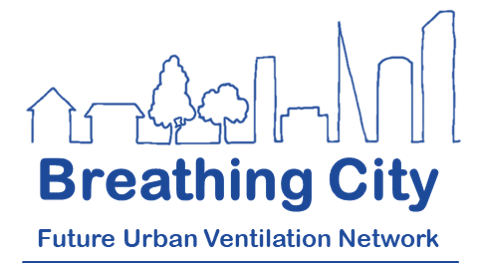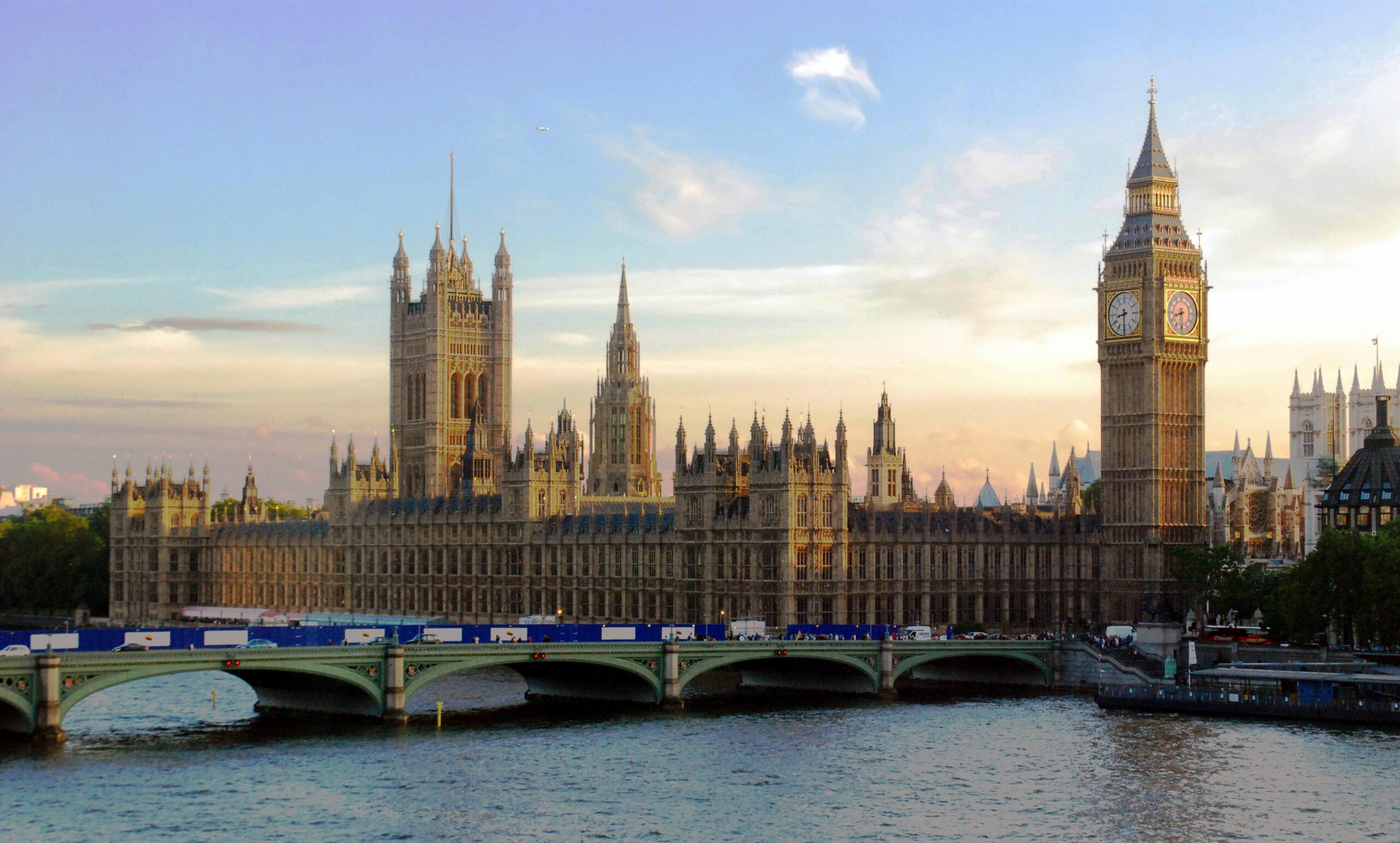On Thursday 4th November 2021, Scottish Parliament’s COVID-19 Recovery Committee received evidence from Breathing City’s Professor Cath Noakes and Professor Tim Sharpe, along with Dr Hywel Davies (Chartered Institution of Building Services Engineers) and Dr Shaun Fitzgerald (University of Cambridge).
This was the first of four evidence sessions on baseline health protection measures to respond to COVID-19 including steps to enhance ventilation in homes, workplaces and public spaces.
A full recording of the enquiry is available here.
Questions from the committee covered the challenges associated with ventilation, the accessibility of monitoring ventilation, how to balance thermal comfort and good indoor air quality and how to deal with the legacy of building stock with poor ventilation.
In response, the expert panel highlighted the following points:
- It is important to improve the communication of basic messages on the role of ventilation compared to surface-based virus transmission and the need for hand washing. The Scottish Government website was highlighted as a good example. The importance of good ventilation in communal settings (workplace and hospitality, rather than domestic) should also be highlighted.
- Multiple ventilation strategies exist and should be used appropriately.
- High level window openings can ensure spaces are adequately ventilated and do not compromise thermal comfort. High level window openings avoid cold drafts and ensure better mixed air.
- Adequate ventilation can be achieved from a smaller window opening in the winter compared to the summer. A small window opening in winter can maintain thermal comfort while providing good ventilation.
- When used properly, mechanical ventilation systems can provide fresh air that is as effective as opening windows.
- More modern buildings (1960s+) have a shorter floor to ceiling height which means they require difference ventilation solutions to older buildings. Note, however, that old buildings have often been retrofitted to be more air tight so that ventilation has been “engineered out”.
- It is important for people to understand their existing ventilation strategies and ensure it works properly. Often windows are painted shut, only open at the bottom, or mechanical ventilation systems do not perform as designed. CIBSE documentation was referred to.
- CO2 metres (£100-200) can be an effective tool for managing ventilation and give an indication of indoor air quality; letting occupants know when they need to refresh the air (over 1500ppm means action needs to be taken by either reducing number of occupants or introducing fresh air for example).
- Buildings regulations provide ventilation guidance and buildings should be designed, constructed and maintained to meet these standards. However COVID-19 has highlighted this is not always the case. We need to monitor buildings once they have been built to make sure they continue to meet standards whilst in use.
- We need a strategy to identify the legacy of poorly ventilated buildings and create short- and long-term ventilation management solutions (in the short term, air purifiers can address poor indoor air quality for example).
- Strategies need to be designed to address energy consumption and ventilation together.


